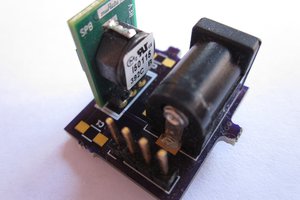I've used XT30 connectors since I really love the friction fit. I've made the form factor breadboard friendly and compact so that you can maximize your density, but also have one exposed column on the breadboard for your wire connections. I could have added data pin resistors, but on this revision, you need to put resistors at the inputs to protect your MCU.
Compact DC Servo Driver
A breadboard friendly VNH7040 breakout board to power all sorts of DC motor related tasks up to 36V and 35A.
 Sina Roughani
Sina Roughani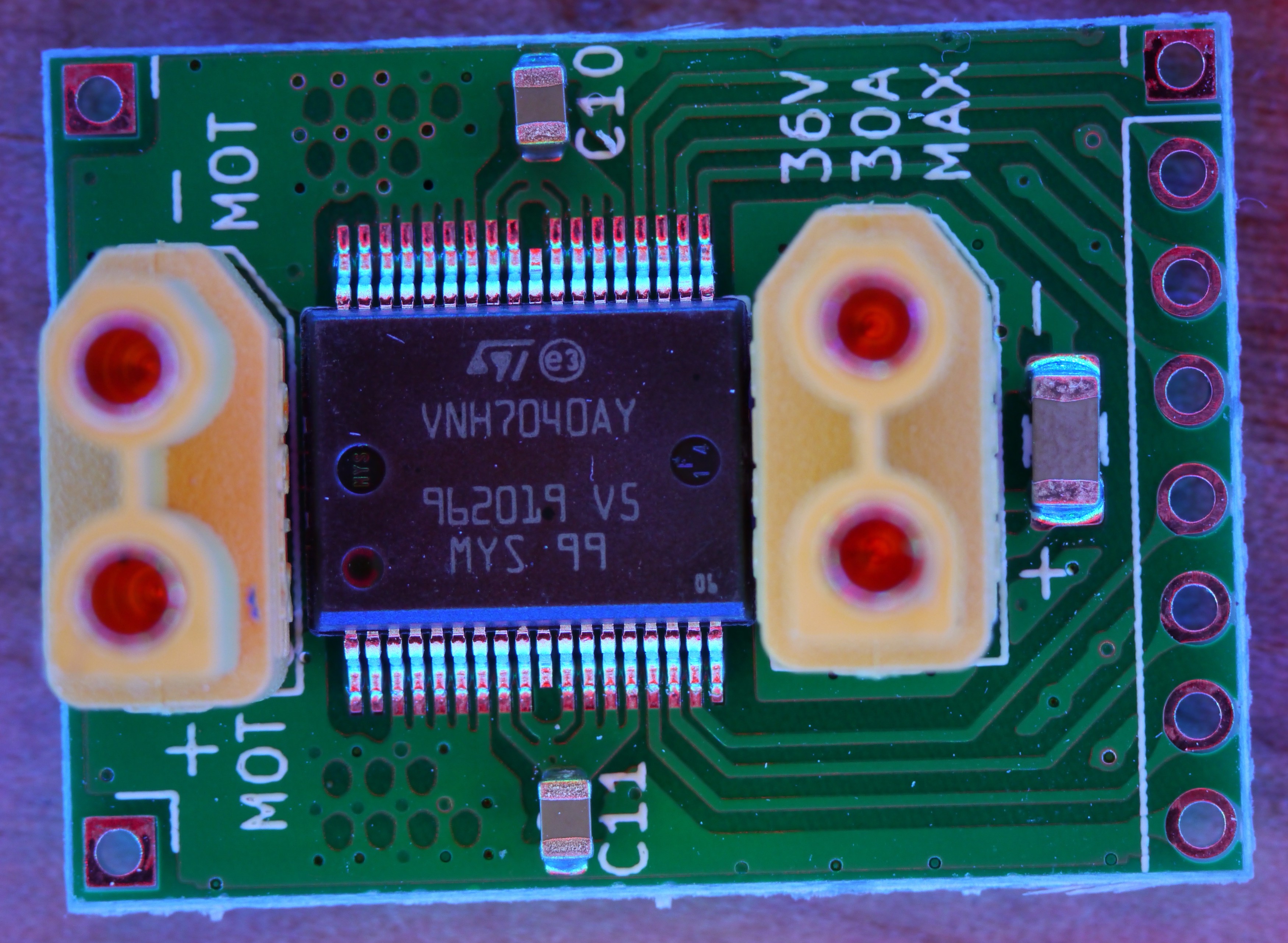
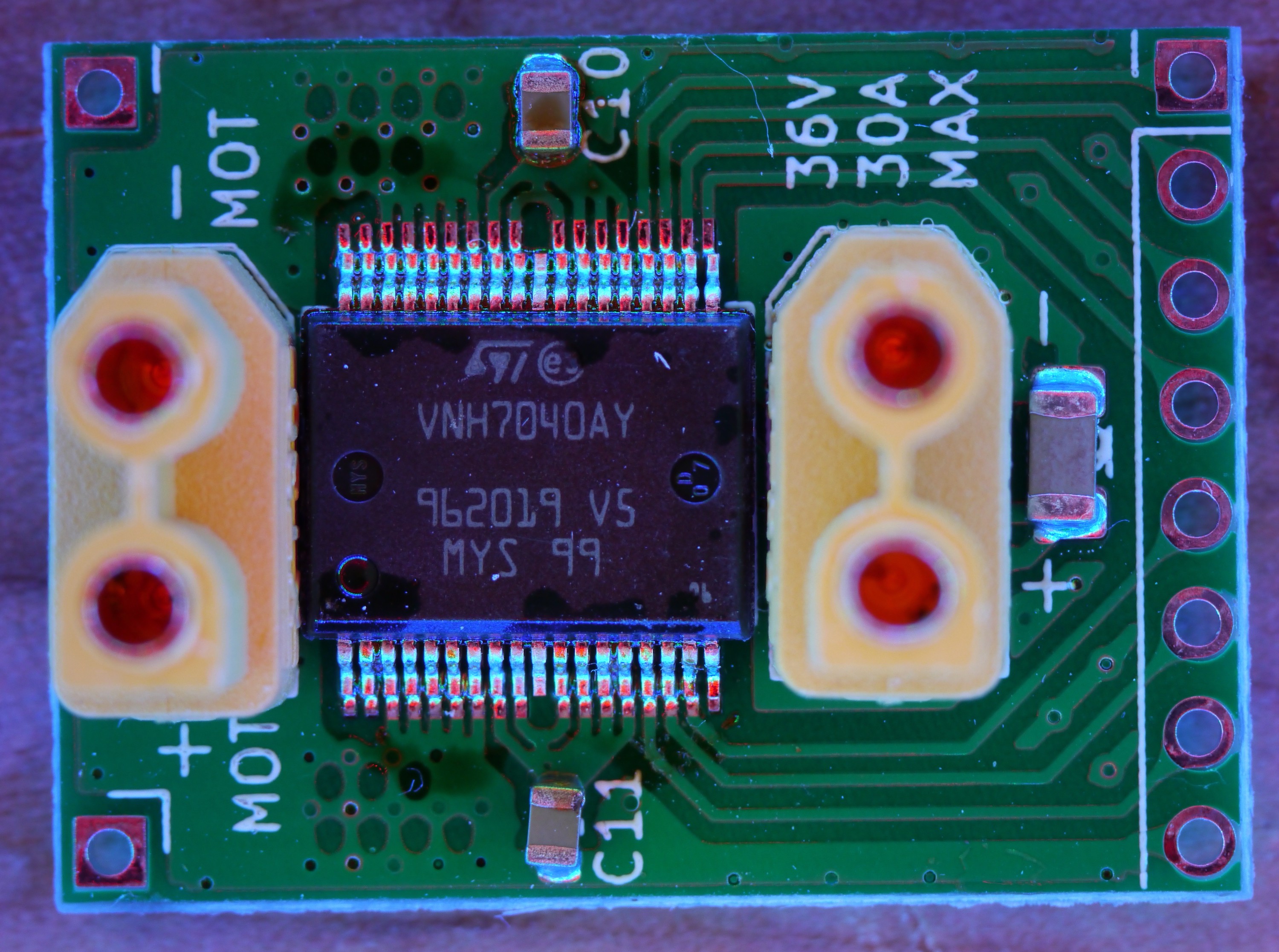


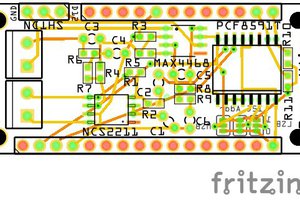
 bobgreenwade
bobgreenwade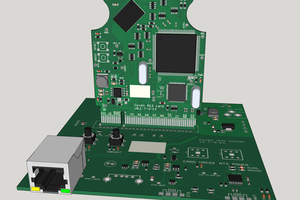
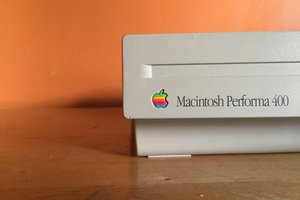
 Tawez
Tawez